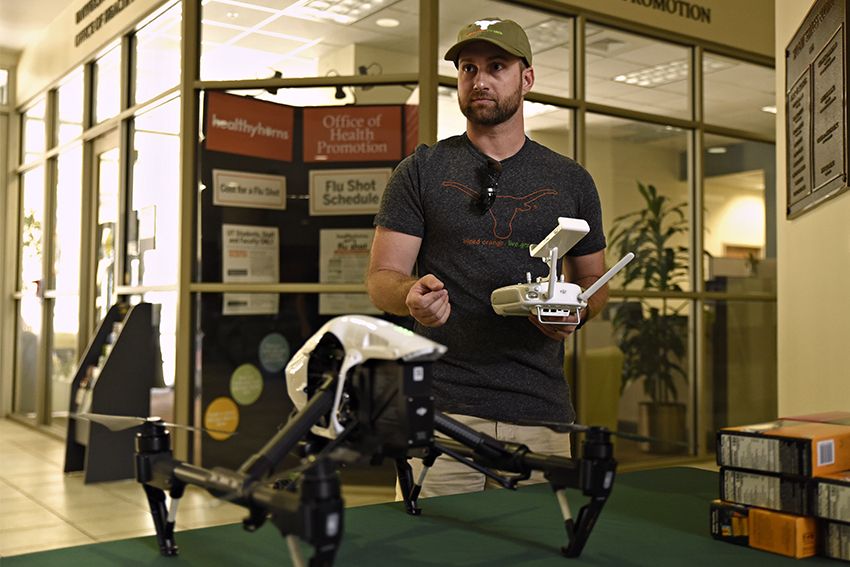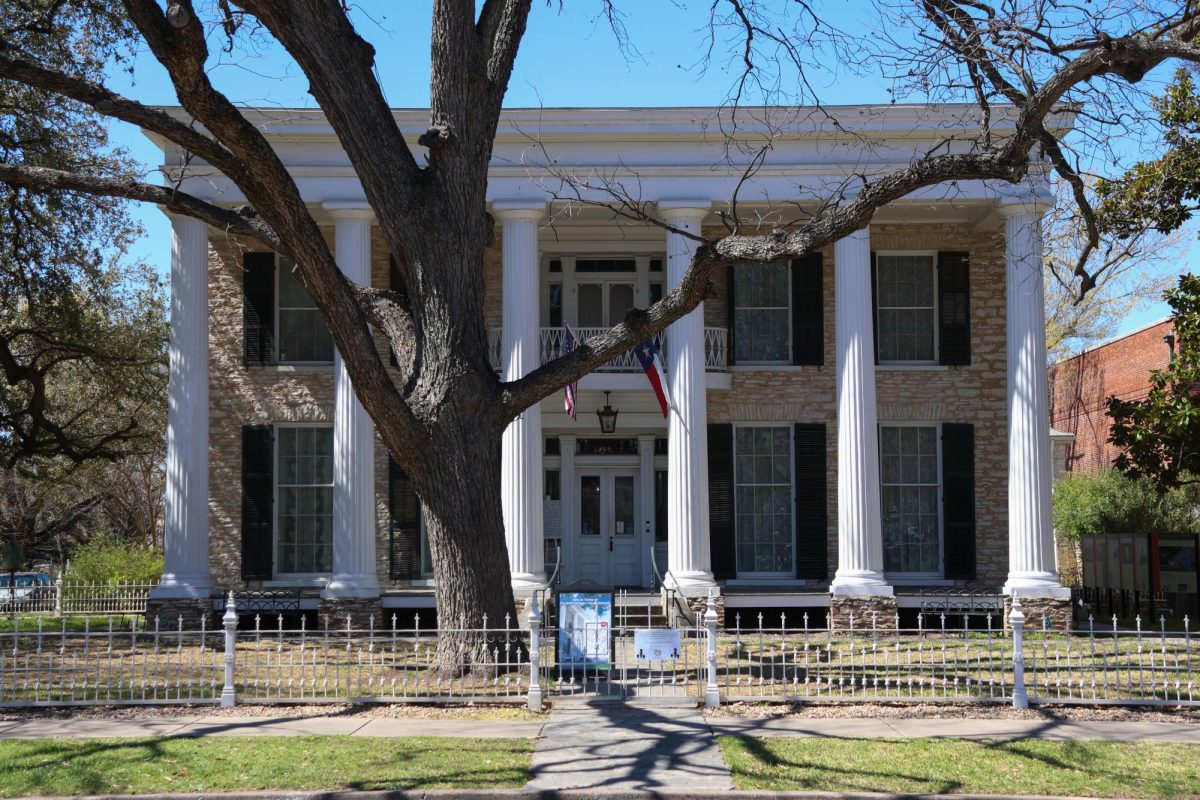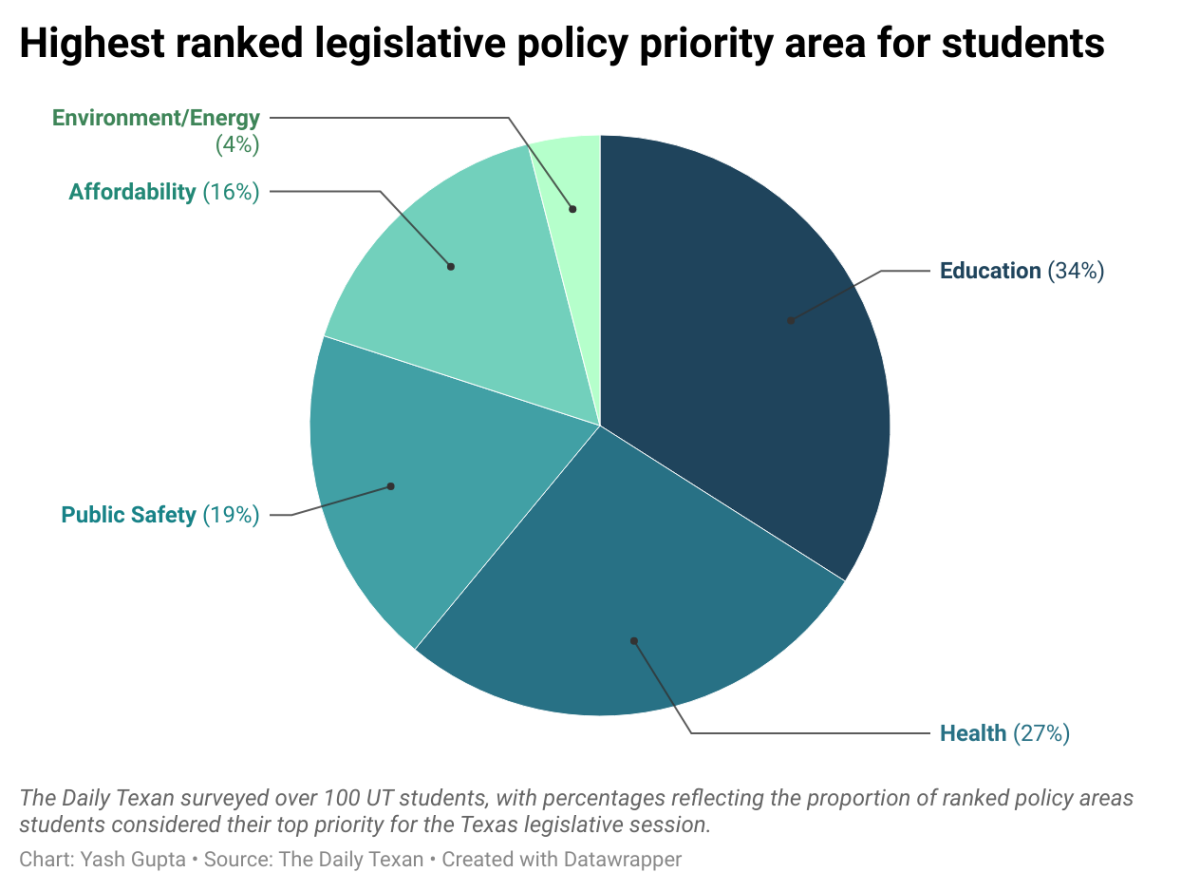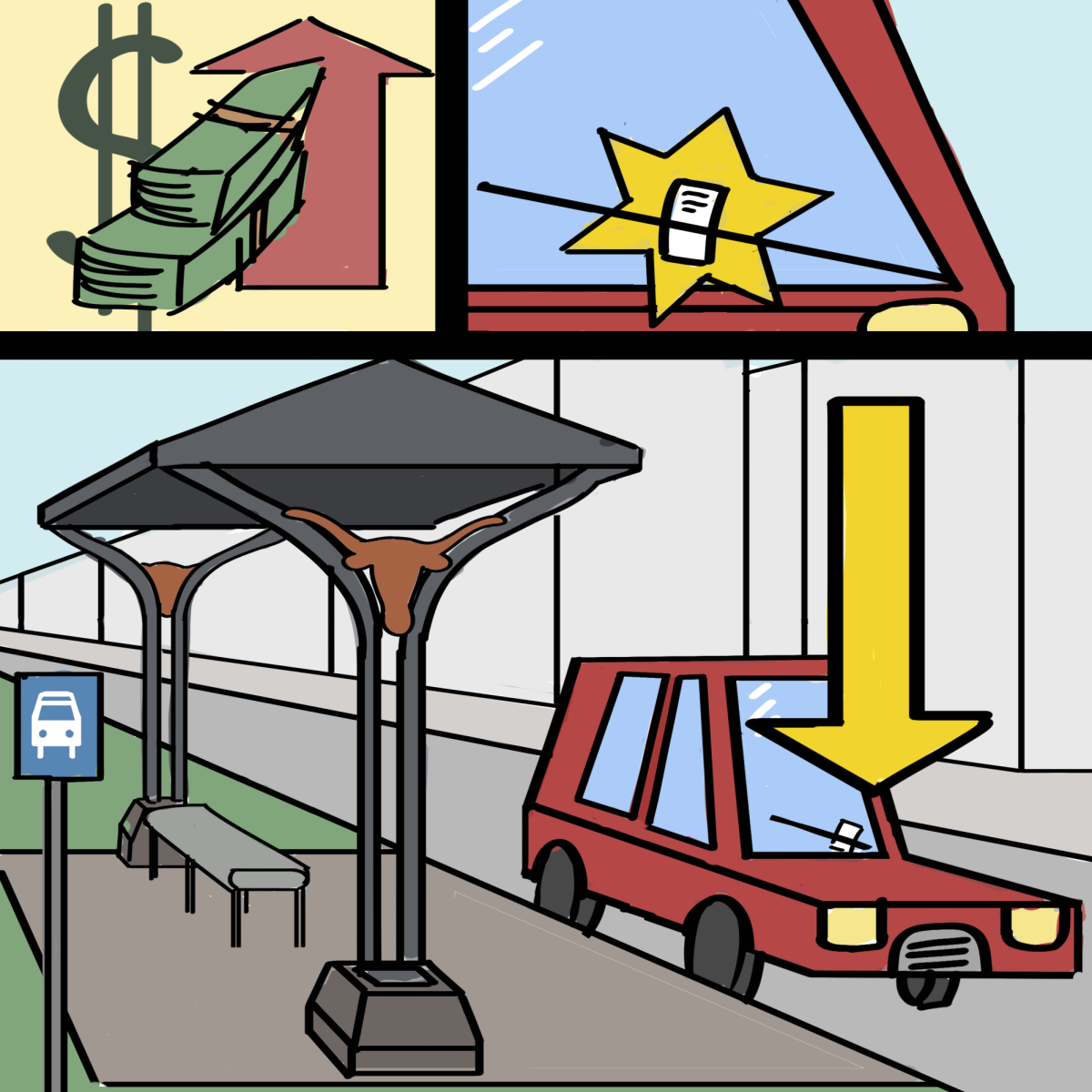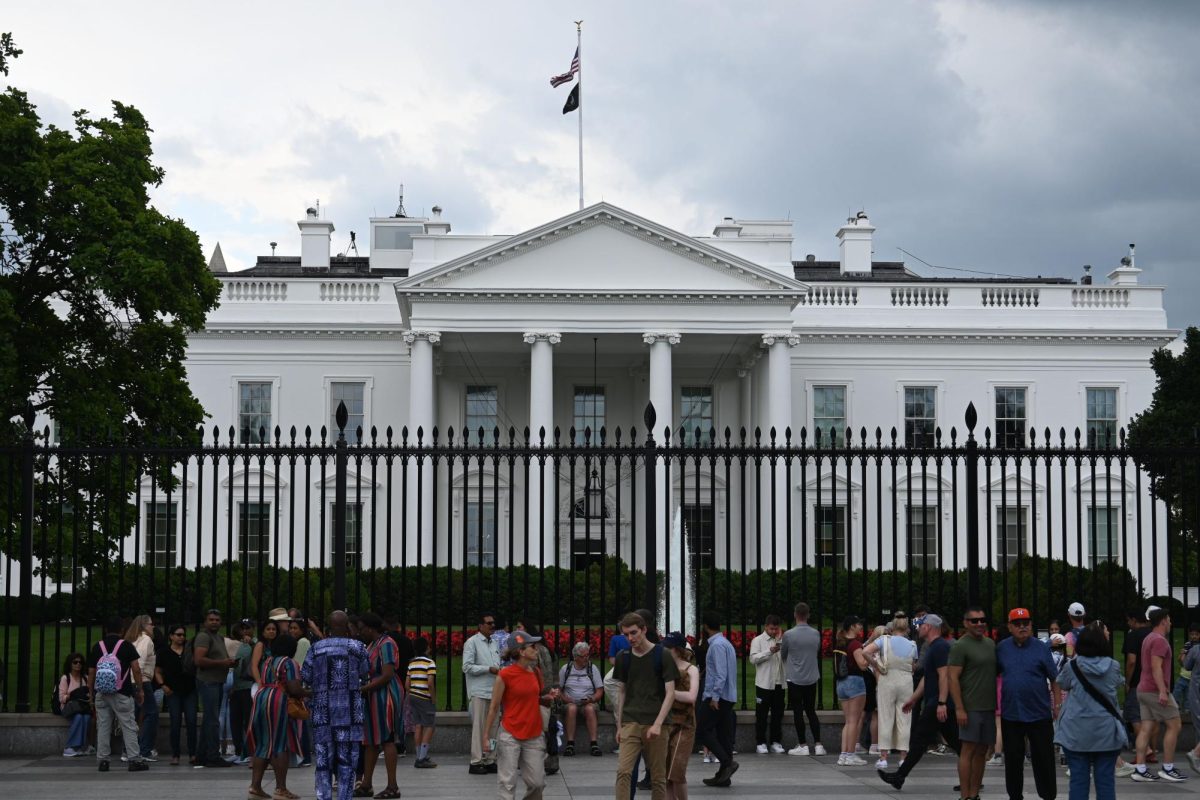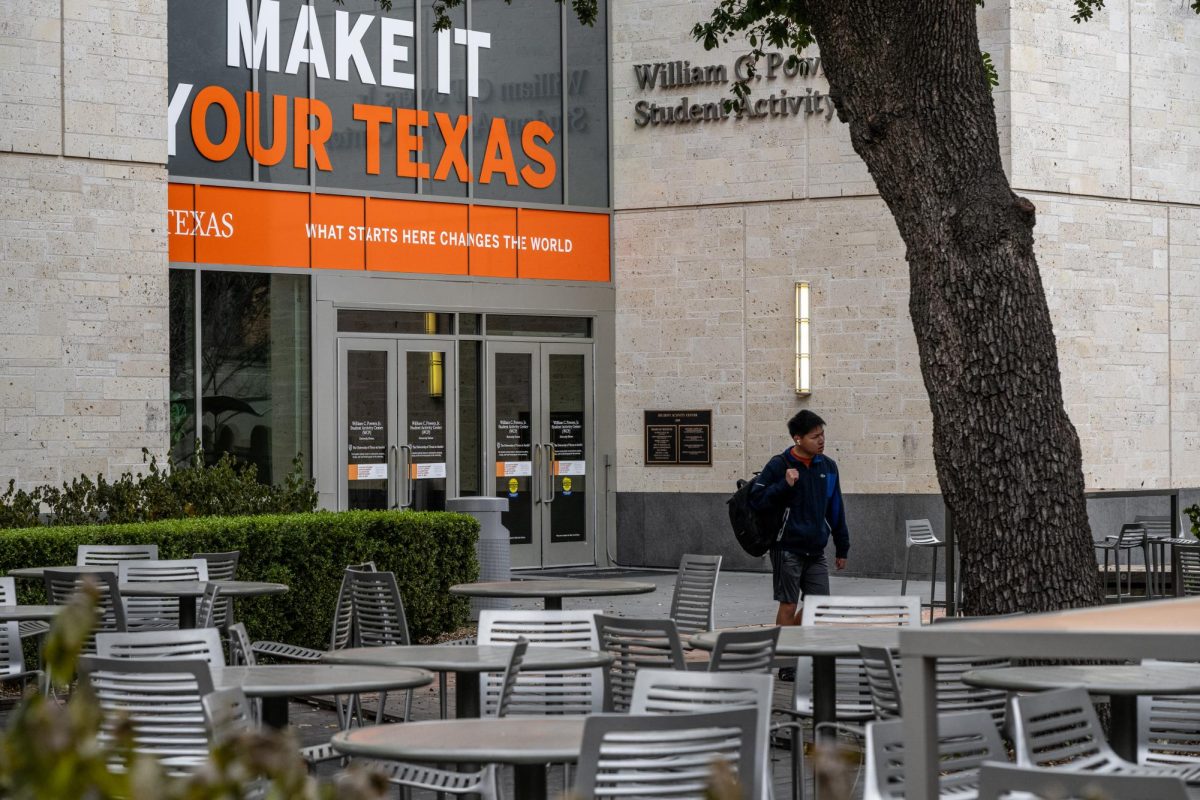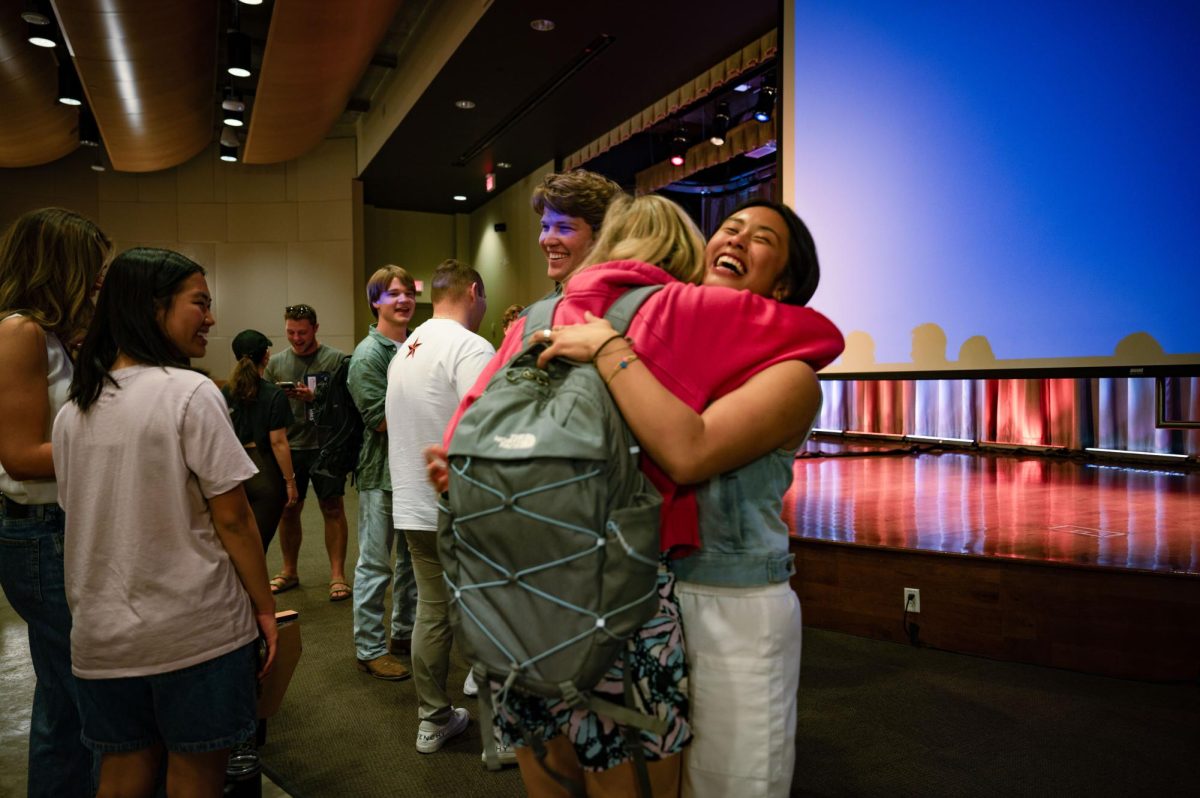A group of UT student researchers are using a drone camera valued over $4,000 to save water and monitor how plants drink — and they’re hoping it has a warranty.
“I got my drone pilot license over the summer to be able to fly the drone on campus,” electrical engineering sophomore Marwan Madi said. “I think we might be able to get it insured through UT.”
Madi and petroleum engineering sophomore Michael Liu are part of a five-person team using drone technology to reduce overwatering of the campus landscape by using the infrared camera to see how much water different plants need.
Madi purchased the drone in September and plans to fly it in the next few weeks after receiving permission from UT Environmental Health and Safety.
The camera for the drone tracks chlorophyll levels in vegetation below, which is how the team will monitor the stress level of the landscape, Liu said.
“(The camera) measures the transpiration rate of the plants,” Liu said. “So if a plant has a lot of moisture or enough water to keep it healthy, then it will transpire a lot. The plants need water to sweat.”
The three-year project began with a contest called The Real World Design Challenge. Liu and Madi were part of a group that won national recognition for their idea, but Liu said the project was only conceptual until this semester when they heard about UT’s Green Fee.
The Green Fee receives $5 from every UT student’s tuition and fees each semester — $2.50 for the summer session — and uses the money to fund sustainability research. Liu and Madi said they approached UT irrigation and water conservation program coordinator Markus Hogue for help with a Green Fee application last spring and received acceptance for the project in the summer.
The drone can only be flown at 200 to 300 feet in winds below 10 mph, Hogue said.
The project’s goals include reducing water usage from irrigation on campus by five to 10 percent and providing updated landscape stats for class use, Hogue said.
“We’re wanting to give this information back to the student population,” Hogue said. “We’re creating a folder for the school of architecture and other departments.”
Liu said because Texas is experiencing a dramatic decrease in water supply, there’s more need for water conservation in irrigation.
“This drone could be applied to multiple farms across Texas, even the entire landscape,” Liu said.

